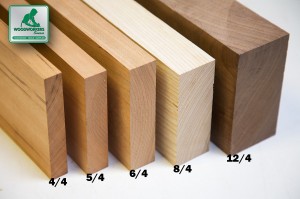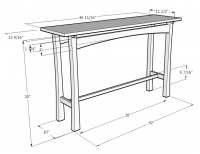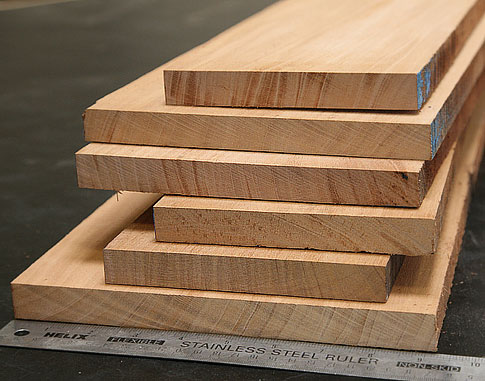
$10.00 ea.
48 U.S. Ground Service
Delivery & Pick-Up Options
Log in to see delivery dates
Ready NEXT DAY - Tempe, Phoenix or Tucson
Schedule it during checkout
Why Choose Mesquite?
Tough, textured, and totally irresistible. Mesquite is the wildchild of the desert—gnarled, weathered, and full of soul. Harvested from scrappy Sonoran trees hardened by sun, wind, and drought, this wood shows off dramatic knots, cracks, worm trails, and bark inclusions. It’s for woodworkers with artistic vision for projects that tell a unique story. Fresh-cut, it’s a warm tan, but over time it deepens into a rich, red-sandstone glow—like the desert at golden hour.
Get your hands on a wood you've never tried before! It's simple. Samples are milled on all sides to the standard size of 1/2'' X 3'' X 6'', as determined by The International Wood Collectors Society, and include the shipping cost within the 48 U.S. Each one is labeled with the botanical and common names. Use these to test finishes and stains, to compare color and grain characteristics, etc.
| Thickness | 1/2" (≈ 1/2" approx) |
| Width | 3" |
| Length | 6" |
| Grade | Samples are milled on all sides, cut square and sanded; wood is a product of nature with inconsistencies from piece to piece. Use species samples as a guide, not a perfect representation. |
Woodworkers Also Recommend These
4
lbs /Bd. Ft.Wood Texture
Ease of Finishing
Rich dark brown heartwood with wavy darker lines.
This is a small, twisted, short-trunked tree, 20 to 50 feet high, or a large shrub. It is very slow growing, ill-shaped and scrawny looking tree with an exceptionally deep tap root.
Honey Mesquite, Argentine Mesquite
Furniture, flooring, cabinetry, fine art, turnings
The Joys of Building with Great Woods
Understanding hardwood lumber starts right here with these wacky fractions.
If you're expecting perfect clear lumber 100% of the time, you're in for a surprise. Here's a summary of the hardwood lumber grades and what to expect from them.
Board feet isn't your everyday kind of math, but these three simple steps make it easy to figure out your project.
Here's a handy (and free) Excel worksheet that helps you estimate the lumber needs for your project.
Are woods poisonous? Hazardous to use in cutting boards or baby cribs? Find out here.
Wood is like a sponge, and it's always in a state of absorbing or releasing moisture to stay equalized with its environment. The problem with that is it also swells and shrinks. Here's what you need to know to protect your project.















